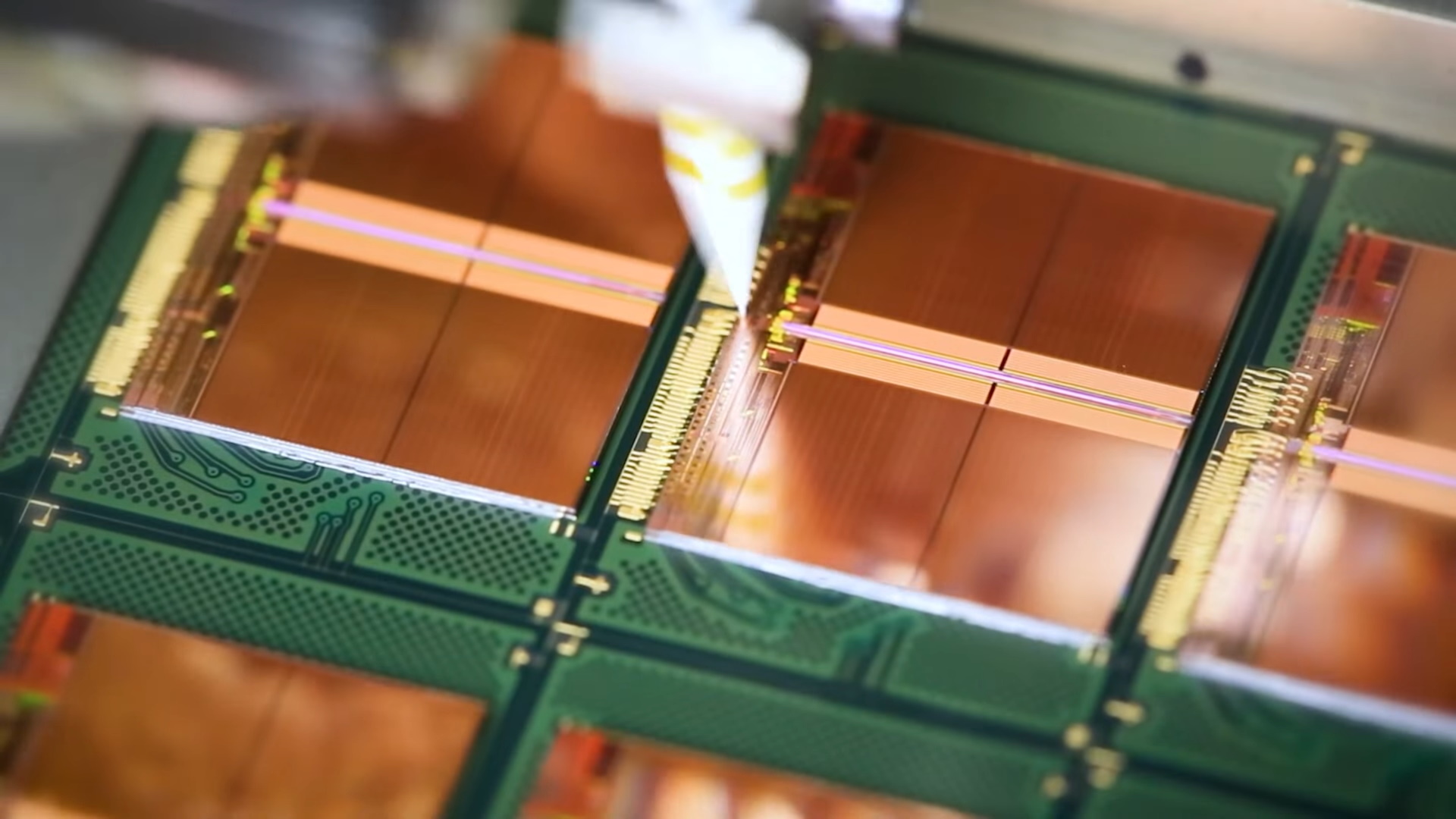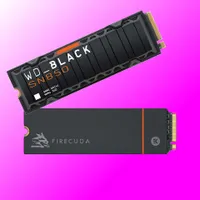RAM and SSD prices could increase as manufacturers cut production
If you've been eyeing up a RAM or SSD upgrade, you may want to act now.

A report by market analyst, TrendForce Investigations, paints a sobering picture of the state of the memory industry right now. According to the report, memory pricing dropped at the end of last year, forcing the likes of Micron and Kioxia to reduce the production of DRAM and NAND memory. This means that the current low prices for RAM and SSDs will be short-lived.
Micron is one of the big three suppliers of computer memory, and alongside Samsung and SK Hynix. This oligopoly is responsible for producing 95% of the RAM chips that make their way into our machines. The fact that one of those is reducing production means RAM chips will be scarcer and therefore more expensive.
If Micron feels the need to reduce production, then the other two probably aren't far behind.
The reason Micron has made the move is due to the larger consumer electronics market being weaker than expected. Add in rising inflation, the Russian-Ukraine war, and the continued pressure from the pandemic, and it's bad news for plenty of electronics. In fact, things are so bad on the NAND flash front, that the report suggests that some manufacturers are selling at a loss right now.
This looks like it's going to have a knock-on effect when it comes to introducing new technologies as well. Micron is said to be focusing on its existing 176-layer NAND flash instead of ramping up production of its 232-layer NAND flash as we head into the end of the year. That's a technology that's expected to underpin the performance of PCIe 5.0 NVMe SSDs as well.
These new PCIe 5.0 SSDs are expected to start shipping in November of this year, now that AMD and Intel now both have supporting platforms. AMD's Ryzen 7000 chips and Intel's 12th and 13th-Gen offerings also support DDR5, which had started to come down in price, but could now bounce back up again, making them more expensive platforms to migrate to.
Essentially, the current incredibly low pricing for computer RAM and SSDs won't last forever, and if you're in the market for a new system, you may have to pull the trigger sooner rather than later. Alternatively, upgrading your current rig now may be a good idea too.
Keep up to date with the most important stories and the best deals, as picked by the PC Gamer team.
Best SSD for gaming: The best solid state drives around
Best PCIe 4.0 SSD for gaming: Speedy drives
The best NVMe SSD: Slivers of SSD goodness
Best external hard drives: Expand your horizons
Best external SSDs: Fast, solid, and portable
Alan has been writing about PC tech since before 3D graphics cards existed, and still vividly recalls having to fight with MS-DOS just to get games to load. He fondly remembers the killer combo of a Matrox Millenium and 3dfx Voodoo, and seeing Lara Croft in 3D for the first time. He's very glad hardware has advanced as much as it has though, and is particularly happy when putting the latest M.2 NVMe SSDs, AMD processors, and laptops through their paces. He has a long-lasting Magic: The Gathering obsession but limits this to MTG Arena these days.



